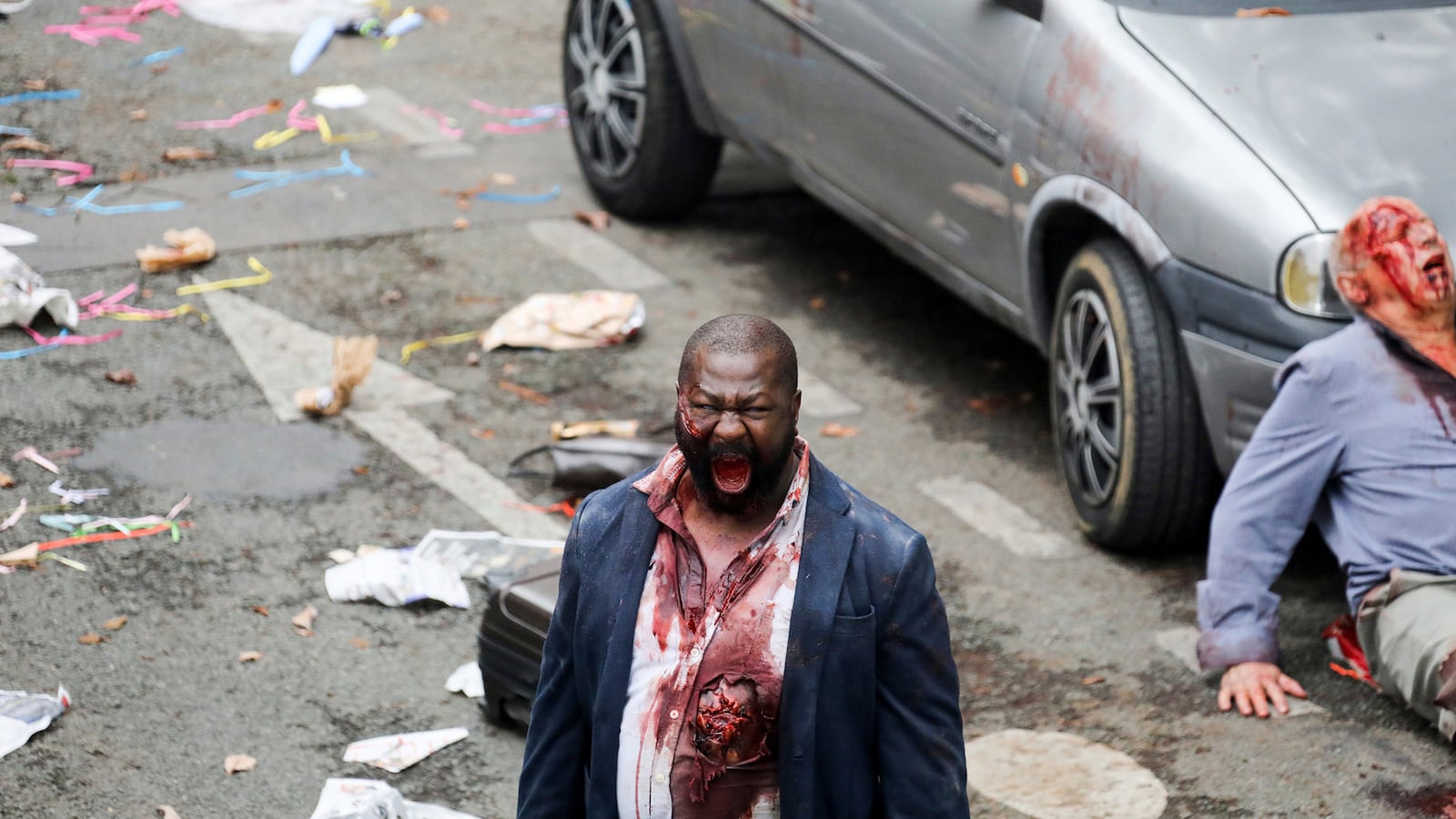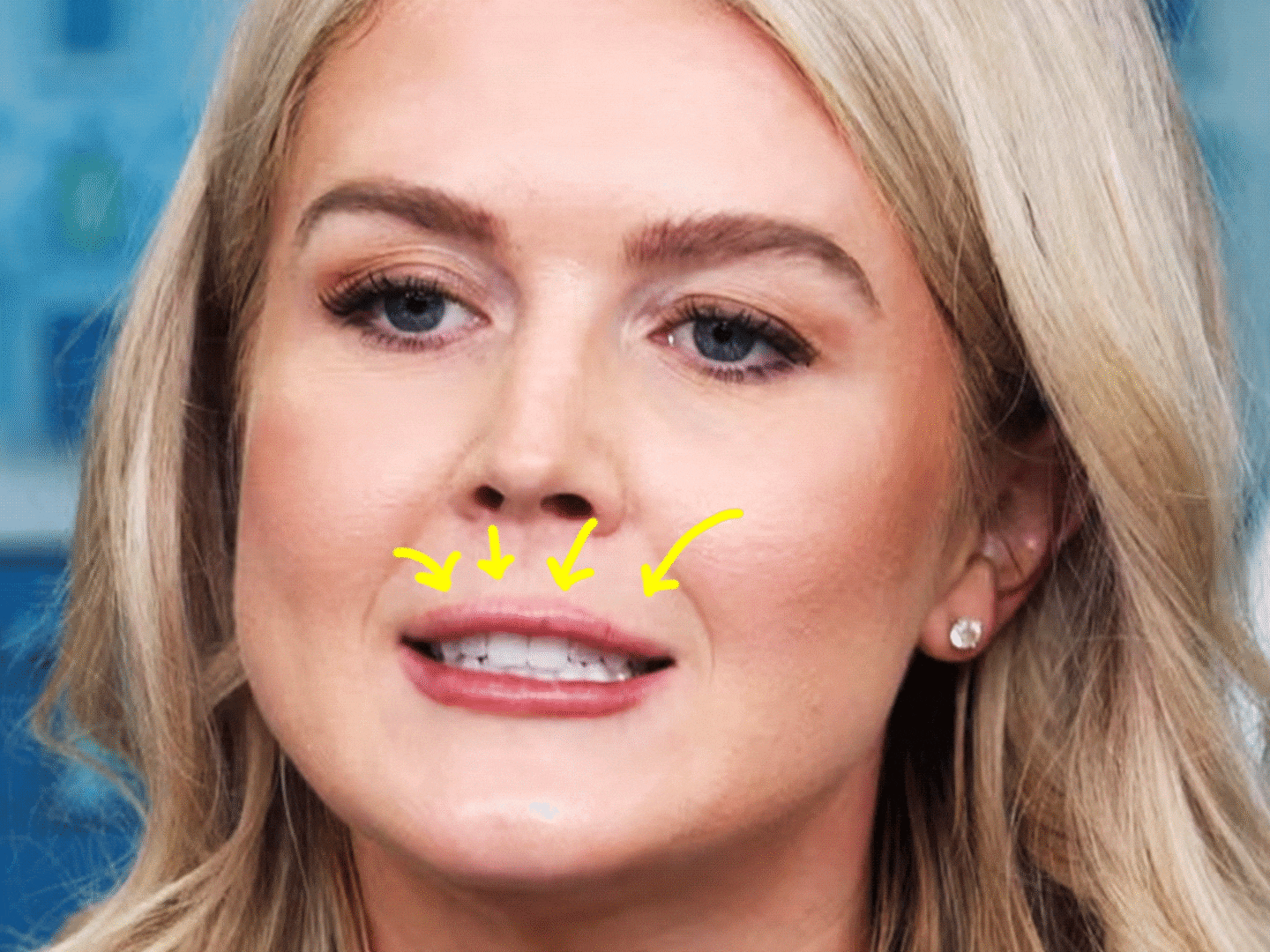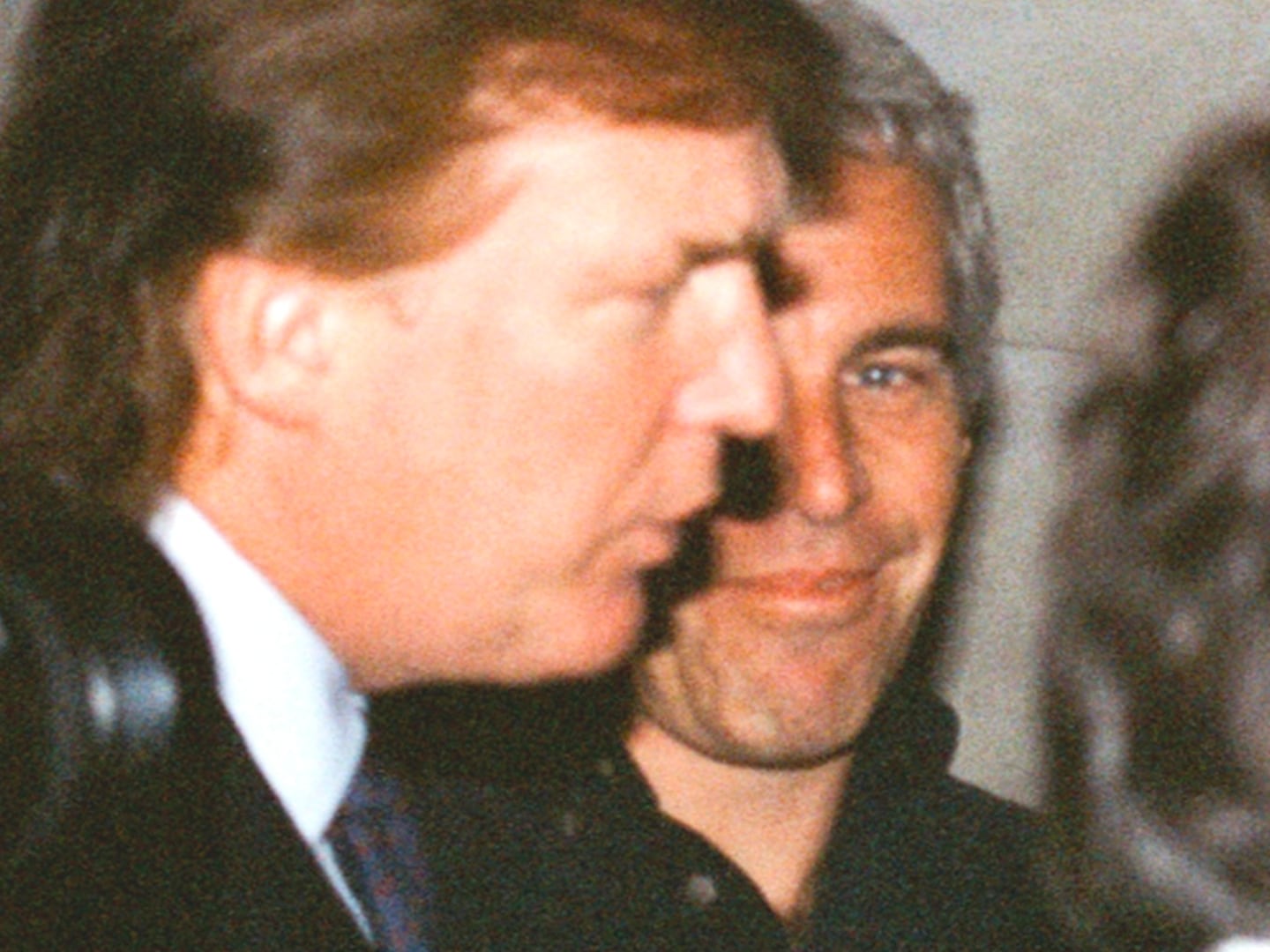Should the zombie apocalypse ever arrive, a series of short- and long-term measures would be required in order to survive. Locating and acquiring a fortified shelter. Procuring a considerable amount of food. Devising a means of collecting water and staying warm, in light of the fact that plumbing and power systems would invariably shut down. Gaining access to tools, clothing and medical supplies, as well as space to move, so exercise was an available option. Obtaining a weapon or two – preferably a firearm – that could be used in the event of a run-in with the walking dead or other hostiles. And avoiding as many companions as possible, both to prolong one’s provisions and to limit the chances of confrontations and mistakes that could lead to doom.
Yet even if one achieved that ideal scenario, the question remains – would it be enough? According to The Night Eats the World (in theaters and on VOD July 13), the answer is no. Because regardless of how safe and well-stocked one might be, there’d still be no defense against a threat even more insidious than flesh-eaters: boredom.
The gnawing insanity that comes from being alone is the primary focus of French director Dominique Rocher’s adaptation of Pit Agarmen’s novel, about a man named Sam (Oslo, August 31st’s Anders Danielsen Lie) forced to deal with a pandemic on his own. That cataclysm occurs after Sam attends a party at the Parisian apartment of ex-girlfriend Fanny (Sigrid Bouaziz), whom he visits in order to retrieve some old cassette tapes he left with her. In trying to complete that task, he’s forced to watch her canoodle with her new beau Mathieu (David Kammenos) and, in the process, face the reality that his old world is gone, supplanted by a new, less pleasant one. That paradigm becomes true again, on a grander scale, the following day, when he awakens in her bedroom – having fallen asleep while tending to a bloody nose – to discover that the place is in bloody shambles, and that Fanny is missing half her face and eager to eat him with her soundlessly chomping mouth.
Barricading himself inside the flat, Sam realizes he’s by himself – and thus protected from the zombie menace that, as he can see from outside a window, has consumed the entire city (and, likely, the world). After listening to horrified voicemails left on the cell phones of now-missing partygoers, and viewing Paris from the roof to which he has access, he begins establishing a course of action. That becomes far easier when an unexpected shotgun blast blows a hole through his new home’s floors. The shot comes from the resident below, who’s taken his own life, and Sam rightfully identifies this sad turn of events as an opportunity to scavenge. Climbing through the enlarged hole, he raids the guy’s domicile for additional goods, and afterwards ventures into other parts of the building – where he has a dangerous encounter with an undead couple and their child, and then manages to lock the front door. Sanctuary is his.
Director Rocher drenches most of this earlygoing in creepy silence, the better to augment his simmering suspense. Once Sam has set himself up in this largely abandoned abode, The Night Eats the World truly kicks into gear – by which I mean, gets totally comfortable idling alongside its protagonist, who finds solace, and then unhappiness, in his tranquil day-to-day routine. Buckets and containers placed on the roof catch rain water. A fireplace provides warmth. A doctor named Alfred (Holy Motors’ Denis Lavant, in a strangely soulful lifeless-monster turn) serves as companionship of a sort, given that as a zombie locked in an elevator car, he’s someone with whom Sam can have a (one-way) conversation. And a drum kit in a young boy’s bedroom offers him the ability to blow off some steam, even as the furious cacophony he creates compels outdoor zombies to race to the building looking for a next meal.
Sam also preoccupies himself with the aforementioned cassettes, which contain voices (his own, and his father’s) from a childhood past that’s forever gone. The problem for Lie’s character is that there’s no real present or future either; instead, everything has been replaced by a terrible stasis that he both wants to maintain (out of self-preservation necessity) and increasingly despises. The Night Eats the World occasionally concocts moments of peril to keep the material from devolving into torpor. But by and large, torpor is its main subject – as is the discontent it breeds. A foreigner in a foreign land speaking a foreign language (English), stuck in the apartment of a former girlfriend who’s now as dead as the rest of mankind, Sam is a lonely soul displaced in every possible way.
Entombed in his own solitude, Sam is rejected by a stray cat that opts to stay beside its new zombie master, and denied death by a hand of fate that seems to enjoy toying with him. Working from Jérémie Guez’s script, Rocher shows empathy for Sam’s plight but pulls no punches in detailing its bleakness, replete with a late meeting with a surprise visitor (Golshifteh Farahani) that only leads to further suffering. To that end, the director is blessed by an arresting performance from Lie, who, whether bearded or clean-shaven, has a long, pallid countenance and sorrowful eyes that convey the inner despair slowly consuming his loner. Lie does a lot with little, imbuing – with his heavy body language and searching, pitiable gazes – mundane chores with a measure of small, quiet tragedy. He makes Sam a relatable everyman, cracking under the pressure of an unthinkable dilemma for which there’s no apparent solution.
As befitting a tale rooted in gloomy seclusion, The Night Eats the World doesn’t culminate with a bang so much as continue to play like a drawn-out whimper over the (logistical, emotional, psychological) futility of isolation. Sam’s realization that desperate times eventually call for desperate measures is long in coming, and provides a final jolt of tension to the oft-placid proceedings. Moreover, it illustrates that the only thing that truly keeps people alive is hope – for another tomorrow, to be sure, but also for the human contact and connection that’s ultimately so vital to our survival.





